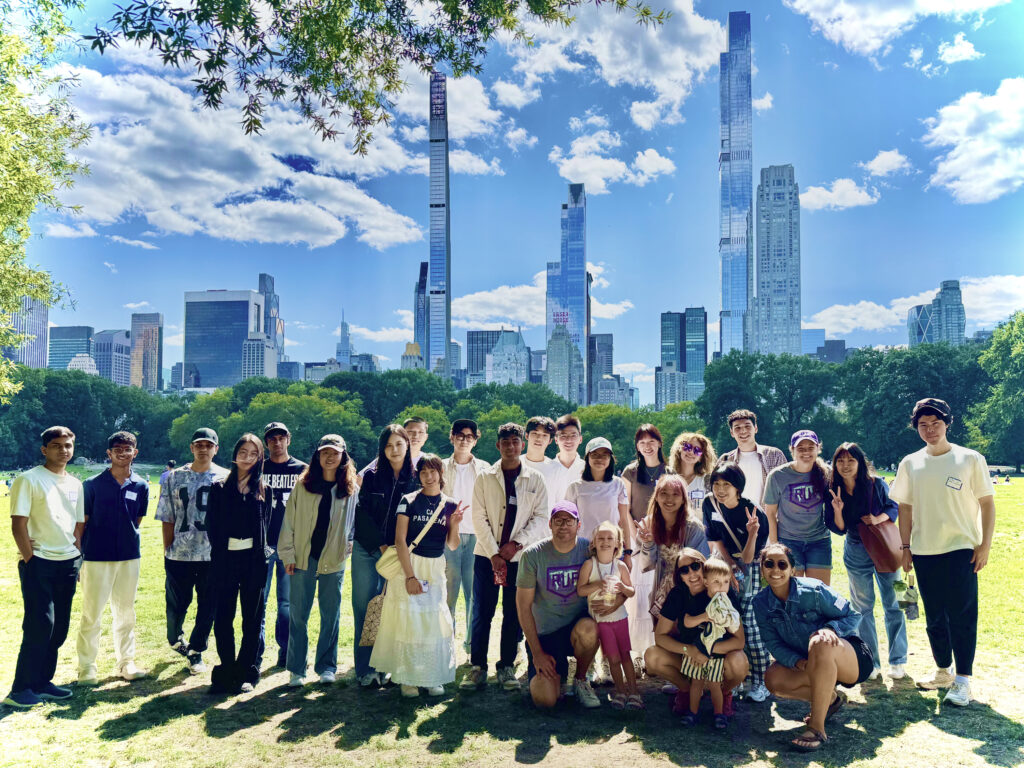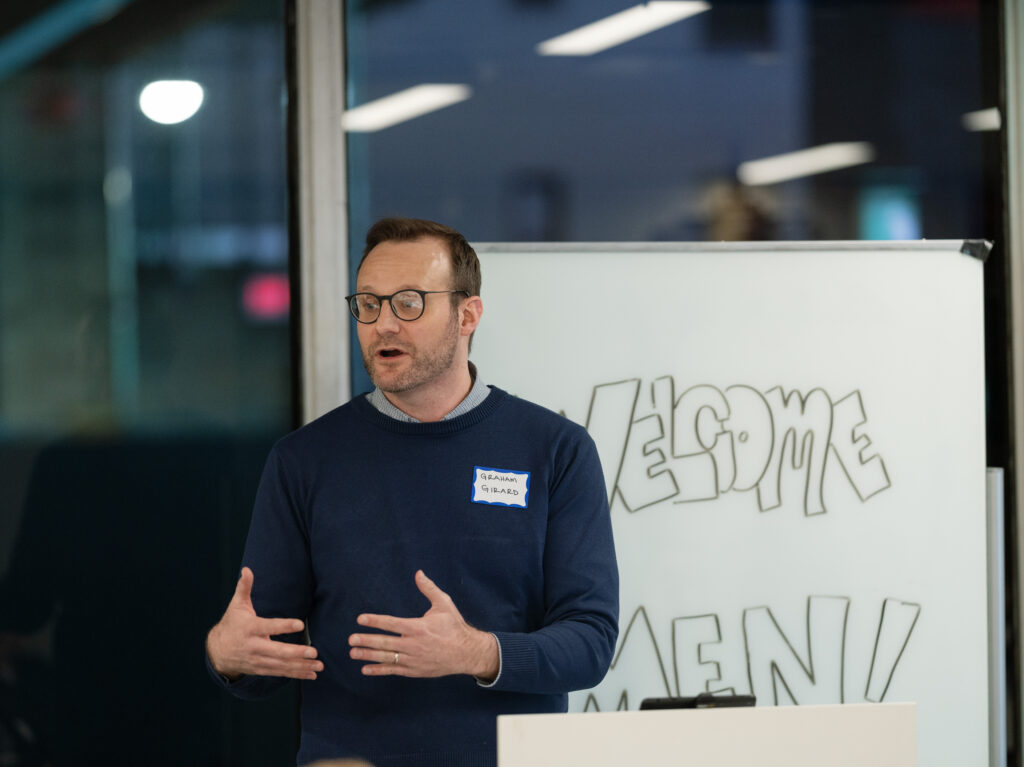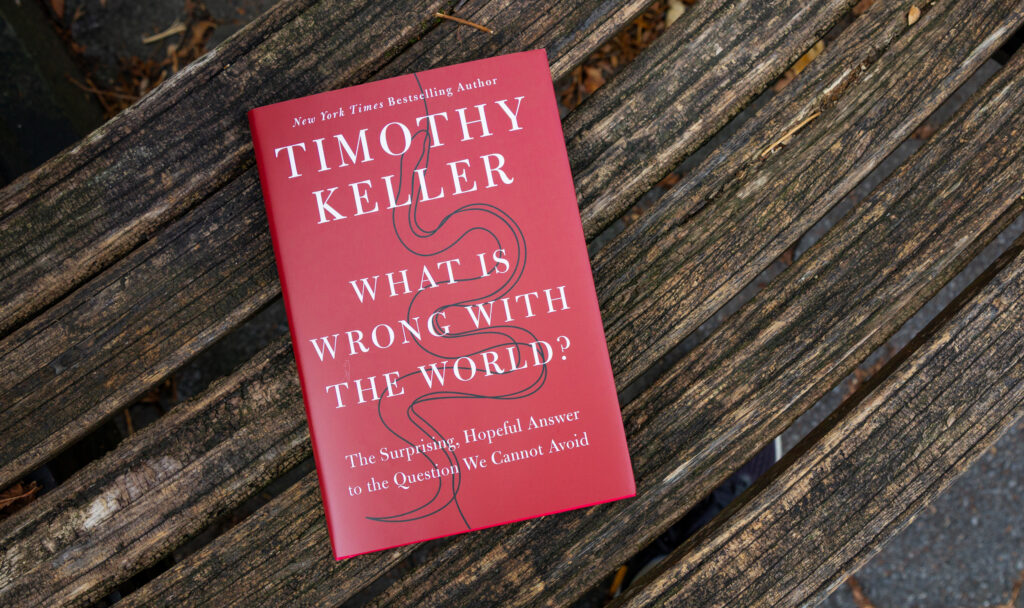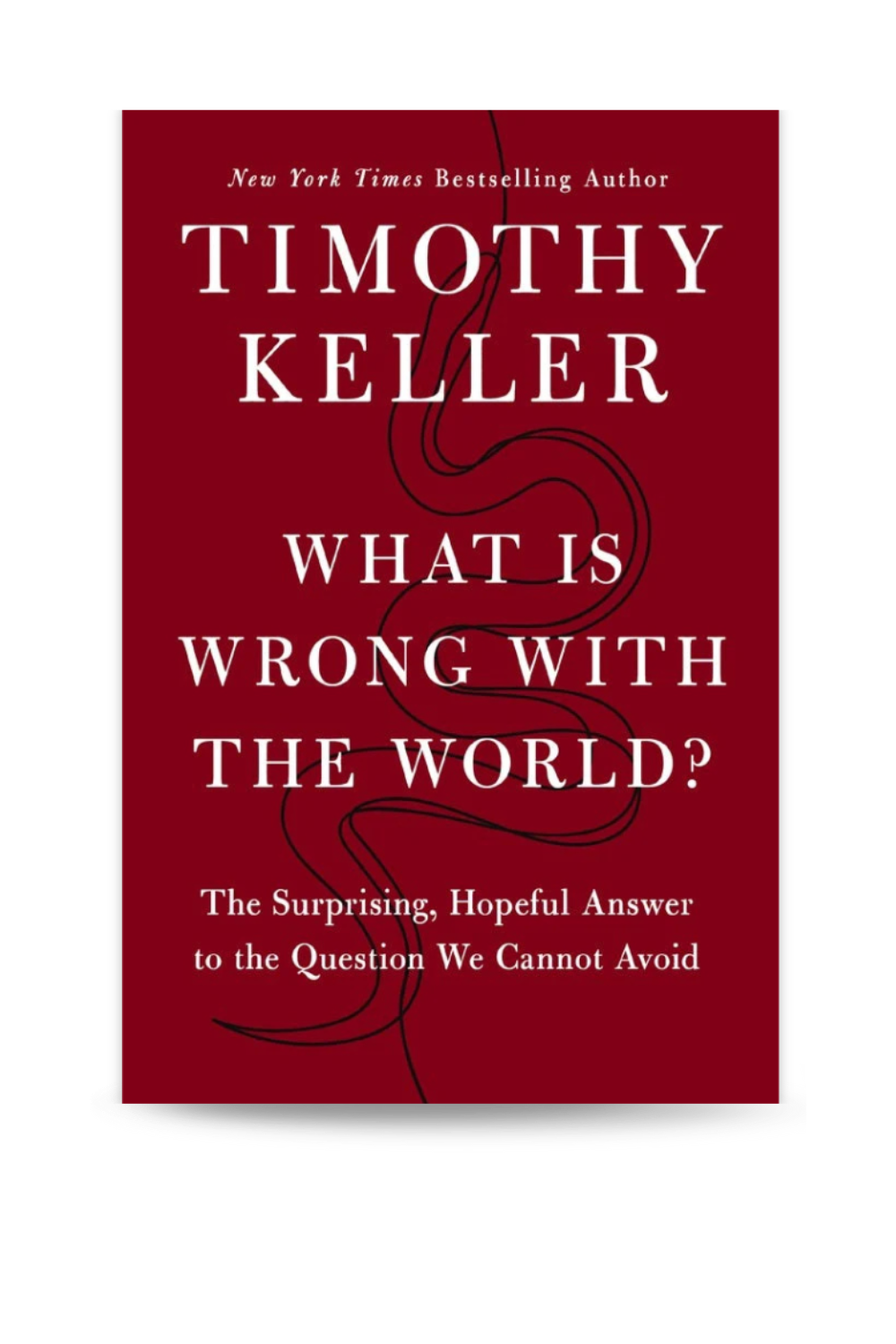Graham is a pastor in the NYC metro area and has worked with RUF-I serving international students at NYU for the last 4 years. He lives in Brooklyn, New York with his wife, Karen, and two children.
Reformed University Fellowship International (RUF-I) at New York University is different from other campus ministries in that we are less a traditional campus ministry and more of a missions organization. The opportunity is unique, strategic, and I believe, providential. For example, over half of the countries that are considered most hostile to Christianity also send the most international students to the United States for their education. New York University in particular, where I serve as a campus minister, hosts more international students than anywhere else in the country. This can hardly be an accident. God knows exactly what he is doing.
Most of these students have never seen a Bible and will live their lives never entering a Christian’s home or having any kind of relationship with one. When I chose to join RUF-I, these are the things that excited me. This really was a “world mission” in my home city. I could not have been more excited at the opportunity to share Jesus with them.
Yet, when I planted RUF-I at NYU four years ago, I received instructions that shocked me. I was told to be prepared to “contextualize the gospel to students from as many as 30 countries at the same time.” My heart sunk.

It was already going to be hard enough to do ministry in literally the epicenter of postmodern secular culture. NYU literally hugs Washington Square Park, the nation’s “town square,” where every form of protest and dissent has been voiced by passionate young people for at least a century. It’s probably the “hippest” place to go to college in the United States, and there are no shortage of distractions for our students on any given day in New York City. Now I was tasked with trying to share the gospel with students from around the world who’d had little or no reason to ever consider Christianity when they stepped on the airplane and left their home countries. In some cases, they had literally never heard of Jesus before. And yet somehow, there they were, from every corner of the globe, huddled around a large table, looking for answers. And I felt like I didn’t have them.
Adding to this dilemma, I knew if I somehow didn’t scare off these students, I would only have a very short period of time with them. While other campus ministries often have 4 years to minister to their students, the majority of RUF-I students are here for master’s degrees and will only be in the country for a year, maybe two if we are lucky. This means we have to present the entire arc of the Bible (creation, fall, redemption and restoration) in two semesters. No pressure!
As I faced those students that first night, I weighed my options. One of the biggest mistakes young ministers and missionaries make is to pull out their “theological bazooka” and start firing off chapter and verse about what the Bible says on every topic. I was warned about “winning the argument but losing the person,” yet it was still so tempting to do just that.
Jesus asked them questions and allowed others to ask questions of him. And he promised them (and us) a life more than they could have ever imagined.
While the Bible and its promises can and should guide every decision a Christian makes, one of the worst initial responses when engaging a non-believer with the gospel is saying, “Well, the Bible says …” Because a non-believer does not care what the Bible says! It would be very easy for me to “stump the skeptic” with my knowledge of scripture and make them feel inadequate and wrong. But is that what Jesus does with the Samaritan woman at the well in John 4? Does Jesus simply tell Nathanael in John 1, after revealing that he knew what happened under that tree, “Gotcha! Glad you see things my way!?!” Of course not. Jesus asked them questions and allowed them to ask questions of him. And he promised them (and us) a life more than they could have ever imagined.
As I began that first study, I remembered something that Tim Keller had told me in seminary: “You have to show them how beautiful Jesus is.” That was something that didn’t make sense to me at first. I had never thought of Jesus as “beautiful,” at least in the way the term is used in our culture today. But he was right. That really is the starting point. That is what makes all future conversations possible. That is what takes the Bible from being seen as a set of rules to follow, to instead, seeing it as the greatest gift a person can receive. Seeing the beauty of Jesus’ self-sacrificial love for us, which contradicts everything that society holds dear, is the only way a person, regardless of where they are from, is truly able to follow him. It is what took me from a reckless life of drugs and alcohol while grappling with pain from the deaths of my father and sister to a life as a husband, father of two and ordained minister. This transformation happened in my life not because I picked myself up by my bootstraps and achieved the life I always wanted. It is only because of the saving grace of my Lord Jesus. Jesus became more captivating, important, pleasing and beautiful to me than anything else.

I don’t remember much else about that first college ministry meeting, but over the next few weeks, more students started to come. I got to know those students. They invited me into their lives, shared with me their struggles, and allowed me to share with them about the God who saved me. They also learned about a God who calls people from ALL nations, whether it be the Magi in Matthew 2 who brought gifts to baby Jesus, the Roman Centurion in Matthew 8, or of course, that Samaritan woman in John 4.
This is the approach we still take today. Fast forward and now we are in year four of RUF-I at NYU. We have grown year over year not only in numbers but in depth, in students who attend church with us, and yes, in students who call Jesus their Lord and Savior.
We begin each year with a study based on Tim’s book, Counterfeit Gods, which is the best pre-evangelism tool I have come across. No matter where a student is from, they are struggling with identity, love, money, power, etc.—all of which are covered in the book. These discussions open one-on-one conversations where we can step into their lives more intimately, think through and process what is on their hearts, and learn how to care for them. After all, no one really wants Jesus until they see the great need that they have for his grace. We then dive into the gospel of John to show how Jesus interacted with others, what he was like, and why he came to earth. Tim’s book Encounters with Jesus is a guiding light for that series.
As the year winds down, we look at Jesus’ parables or the “I am” statements of Christ, and students begin to see the bigger picture and fit the pieces together. And the year culminates with Easter, where we look at what it cost Jesus to save us and what it will cost us to follow him. Through this process, supplemented with small group Bible studies, social events, and lots of coffee and lunch meetups, our students invite me to enter into their story just as Jesus entered into mine.
And through this process these students begin to see that Jesus truly is beautiful. It doesn’t mean that they all instantly profess faith in Jesus, but they do become deeply moved by his story—enough to start to see why he is irresistible to so many. It is a remarkable thing to watch when you can see them become captivated by what he offers, as they start to count the cost of what it might mean to follow him.
I have seen a student from Iran say to me after several weeks of learning about Jesus, “I feel like I have been waiting for Jesus all my life and now he is here!” I have seen a German student who had walked away from the faith say, “Jesus is perfect and beautiful. It is almost too good to be true!” I have witnessed a student from Uganda who credits Jesus for rescuing him from his war-torn country to get a degree at NYU. And I’ve seen another student who faced painful questions about their sexual identity begin to choose Jesus. And just recently, I had a student from our first year—who literally had not ever heard the name of Jesus when we first met—message me and tell me he started going to a church back home. These changes would never have happened if they didn’t first see Jesus as beautiful.
How little faith in God I have sometimes. Of course he chooses the most unlikely of people to save.
The amazing thing about these examples is that in most of the cases, these were students who I had labeled “students who probably won’t stick with us.” How little faith in God I have sometimes. Of course he chooses the most unlikely of people to save. (He saved me after all!) This also prevented me from taking a self-aggrandizing victory lap. God is clever like that!
And it made me remember that if any student is saved through my ministry, it is not (I repeat, not!) because of anything I have done. It is a gift of God’s grace. And if God uses me to facilitate that in their lives, then I have all the more reason to praise him. If my job is to show students from around the world that Jesus is beautiful, my job is easy! Because despite my doubts, there is no cultural barrier that Jesus’ love cannot break through. There is no hardened heart in this world that he cannot melt. Because of all the beautiful people, places and things that exist in this world, there is nothing on this earth that is more beautiful than Jesus’ life, death and resurrection.
To learn more about the ministry of RUF-I at NYU visit ruf.org/nyurufi




